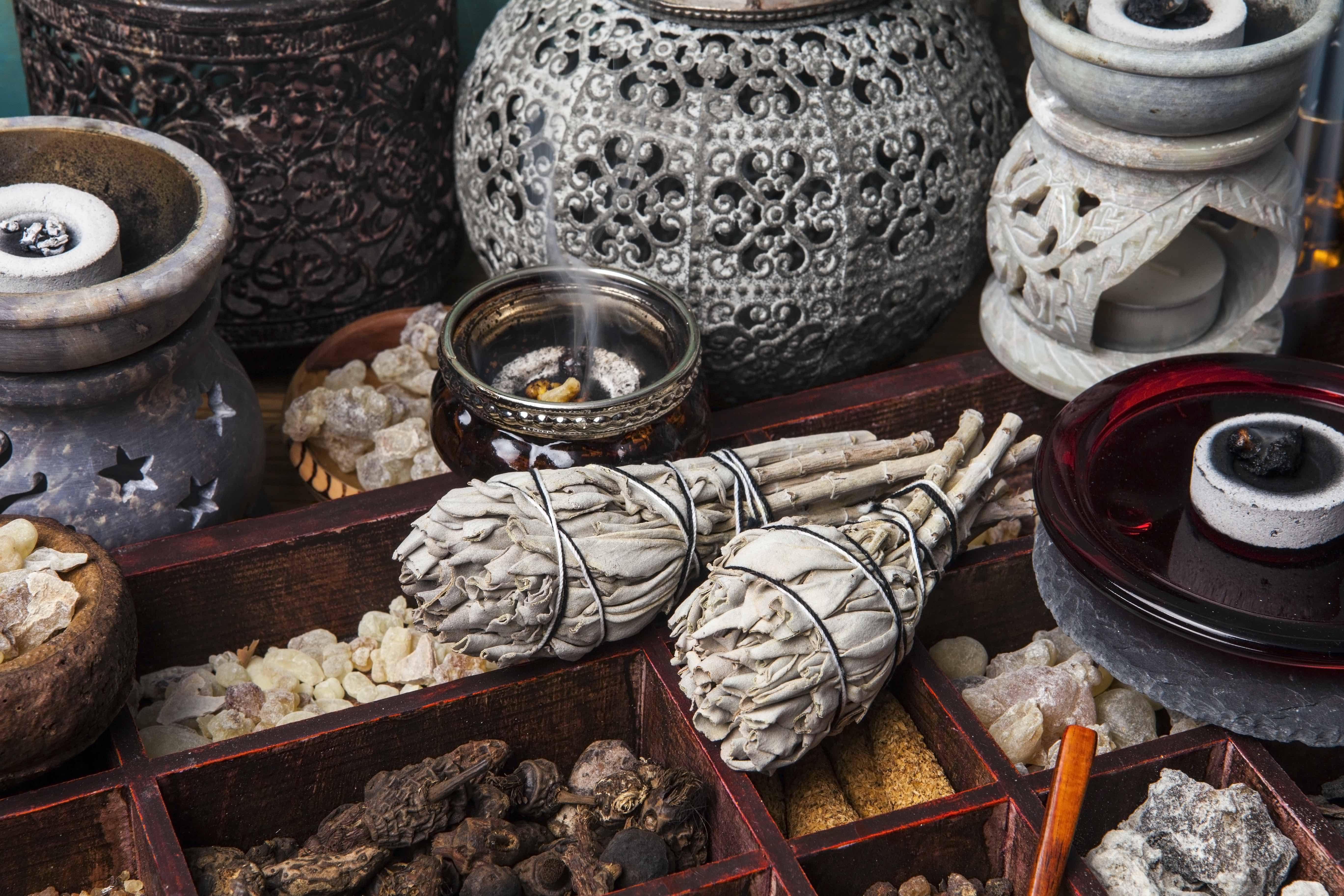We’re all familiar with burning incense, but how many have heard of smudging? In this emerging trend, designers are practicing the ancient ritual of burning plants to clear negative energy and promote spiritual wellness.
The origins of smudging reach back to the ceremonies of indigenous North American tradition, with a simple premise: The smoke that comes from burning bundles of certain plants is meant to cleanse a space of unwanted negative energy. Some believe that the ritual affords a clearer perspective aided by the sense of smell; others say it has cleansing effects on the soul—and then there are those who just happen to enjoy the aroma and process of burning beautifully wrapped herbs and plants. No matter the reason, here are the botanicals you’ll want to have on hand before beginning your own smudging session.
Cedar: Many cultures consider cedar to be a sacred plant; when burned, its pleasant aroma is believed to drive out negative energy, attract empowering and grounding influences, and bless a home when new inhabitants move in.

BOH subscribers and BOH Insiders.










































